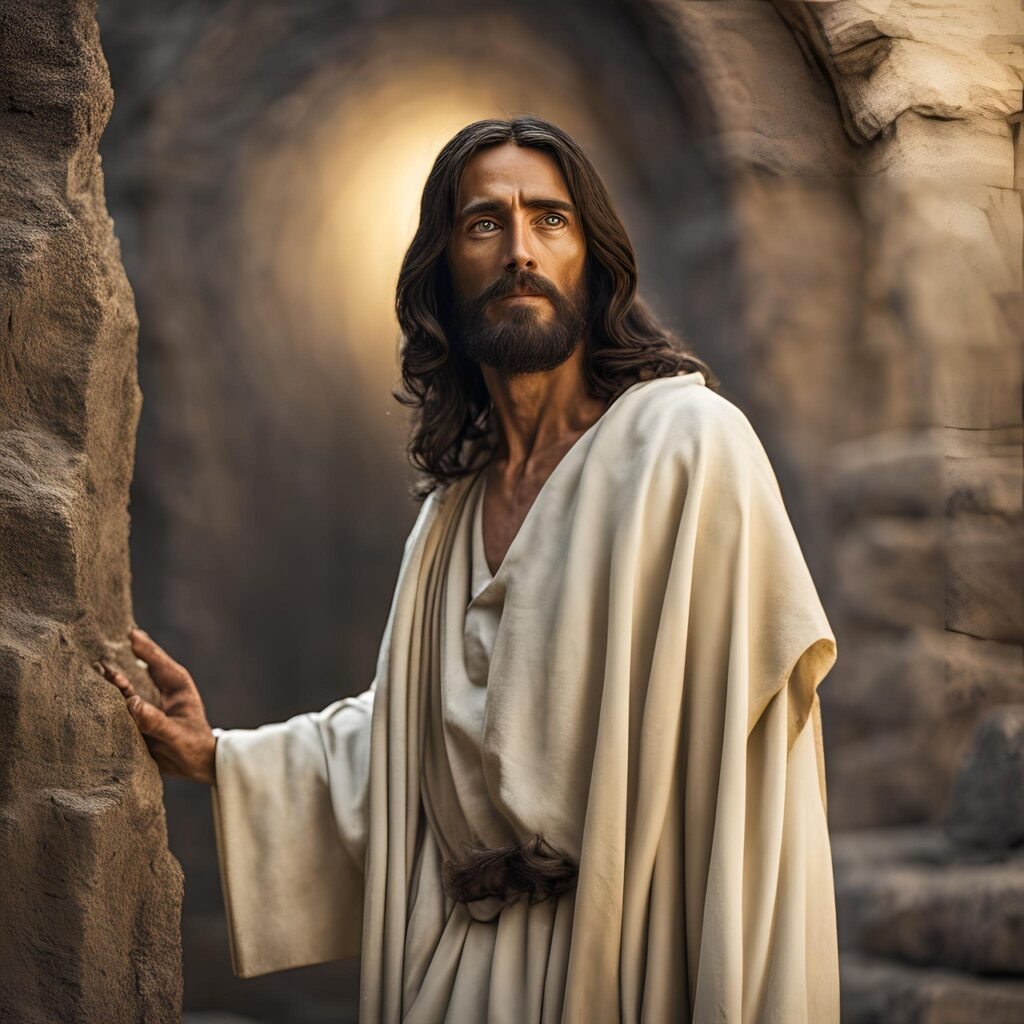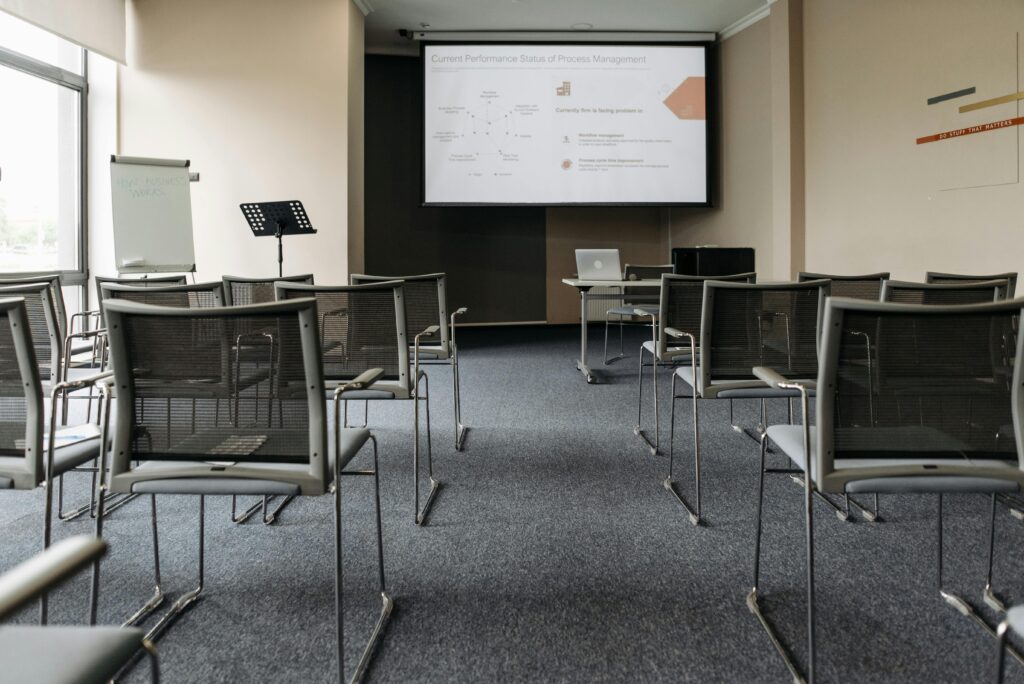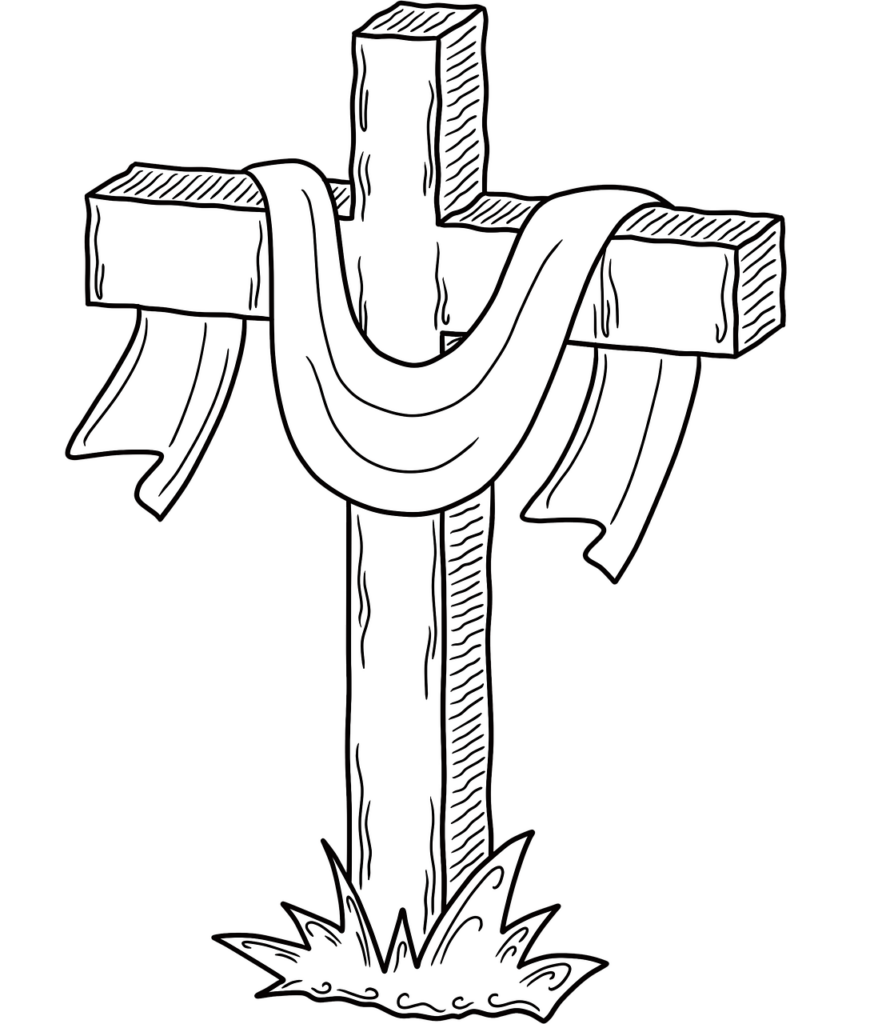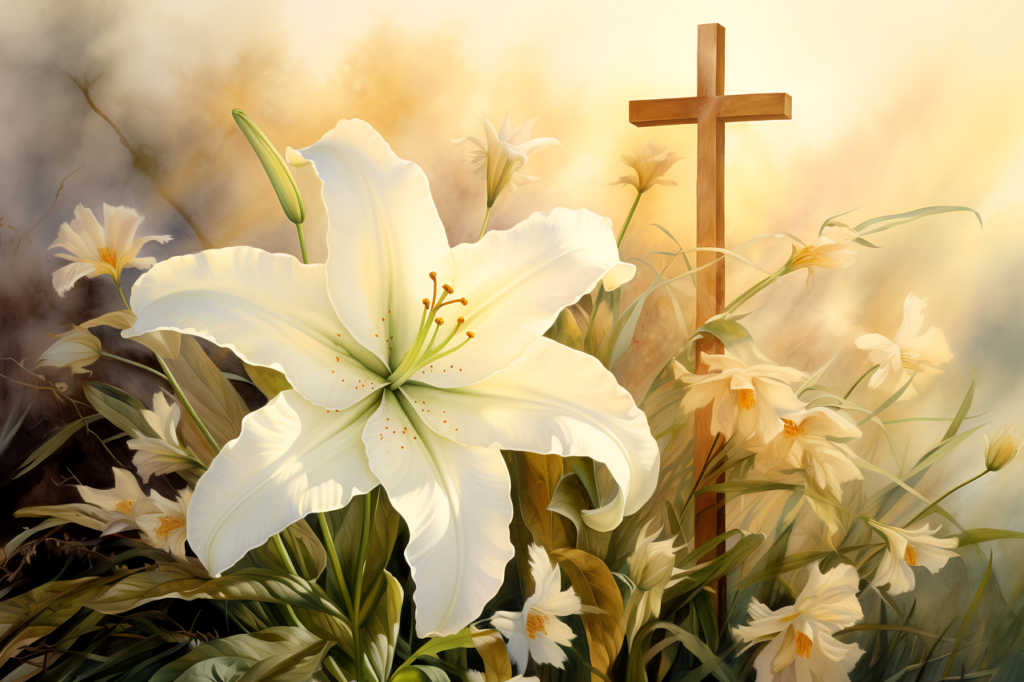Cebu City Basilica, Image Treasures
Declaration by National Museum of Philippines

The National Museum of the Philippines is set to declare Cebu City’s centuries-old Basilica Minore del Sto Niño and its image of the child Jesus as “national cultural treasures”.
National Historical Commission of the Philippines chair Rene Escalante made the announcement during a recent webinar series on the history of Christianity in the country.
“This stature is the highest recognition the State can give to such historically and culturally-significant heritage of the Filipino people,” Escalante said.
He said the official declaration will be held on April 14, in time for the opening of the year-long commemoration of the 500 Years of Christianity in the Philippines.
The day will also mark the 500th anniversary of the first baptism in Asia’s bastion of Christianity.
To highlight the celebration, there will be a reenactment of the historic event and 500 children with special needs will be baptized at the basilica.
The archdiocese has earlier announced that Archbishop Charles John Brown, Apostolic Nuncio to the Philippines, will be in Cebu to grace the occasion.
The convent and the Church of the Sto. Niño de Cebu was founded by Fr. Andres de Urdaneta on April 28, 1565, the very day the Legazpi-Urdaneta expedition arrived on the island, according to the basilica’s website. On May 8 of the same year, when Legaspi and his men planned the urbanization of the city, they allotted a “place for the church and the convent of San Agustin, “where the Santo Niño image had been found.”
In 1599, the convent was made a house of studies of grammar, headed by the Visayan linguist, Fr. Alonso de Mentrida. It also served as a rest house for missionaries working in the province and as a retirement home for the aged and the sick, usually attended to by a lay brother.
The church has always been the Sanctuary of the Sto. Niño, under the custody of the Augustinians. The number of priests assigned to the church varied from three to five aside from one or two lay brothers.
Related

After Eight Days Jesus Arrived: Commentary by Fr. Jorge Miró
Jorge Miró
26 April, 2025
3 min

The Perspectivas del Trabajo Foundation is founded with the aim of promoting virtues for professional development
Exaudi Staff
25 April, 2025
2 min

Reflection by Bishop Enrique Díaz: Alleluia, alleluia
Enrique Díaz
20 April, 2025
5 min

Christ is Risen! Alleluia! Commentary by Fr. Jorge Miró
Jorge Miró
20 April, 2025
3 min
 (EN)
(EN)
 (ES)
(ES)
 (IT)
(IT)

